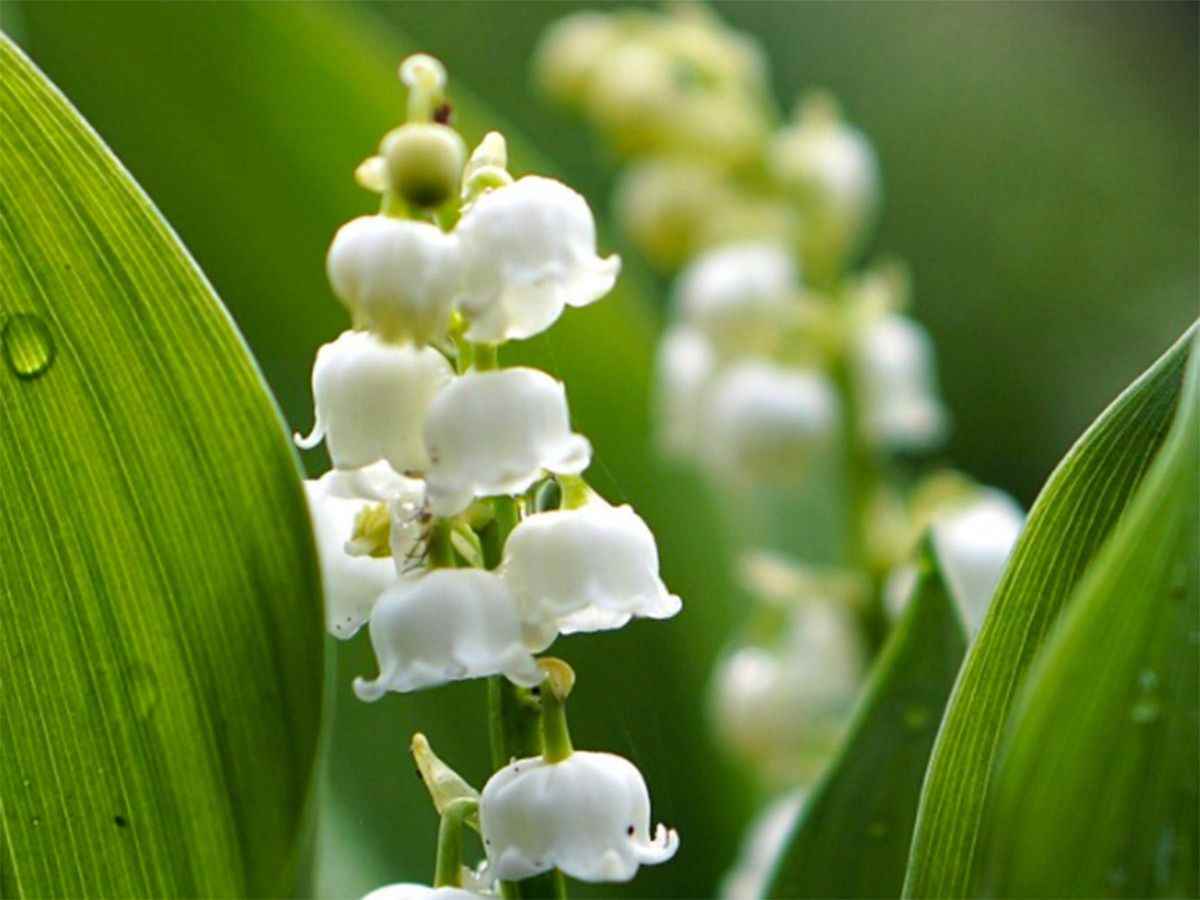There are a variety of indoor and outdoor plants that can cause serious poisoning to your pet.
What are the symptoms of plant poisoning?
Depending on the plant and the quantities ingested, the symptoms can be variable. In most cases, your pet will suffer from temporary vomiting. However, in rarer cases, your pet may experience serious complications.
Generally, the symptoms of poisoning are:
- Digestive disorders : vomiting, diarrhoea, abdominal pain, hypersalivation;
- Heart trouble : heart failure ;
- Behavioral problems : loss of appetite, isolation, apathy;
- Respiratory disorders : shortness of breath, asphyxia;
- nervous disorders : tremors, convulsions, paralysis, coma;
- other disorders : kidney failure, mouth irritation, conjunctivitis, gingivitis, even in the most serious cases, death.
Which plants are dangerous for pets?
When buying your plants, ask for advice from the sellers who will be able to tell you the degree of toxicity for your pets. For those who already have plants or whose animals often go out, here is the list of the main plants that are dangerous for our little animals.
yew
A non-resinous conifer very common in gardens and parks, the yew is one of the deadliest species for your animals. Its branches mainly attract herbivores (horses, donkeys, rabbits, etc.) and birds.
The lily

In gardens, lilies usually bloom in the summer. Dangerous for animals, cats are more affected than dogs.
In this family, we also find asparagus, or the dragon tree, also responsible for poisoning in animals.
The dragon riders

Dragon tree leaves are very toxic to animals, due to the saponin they contain.
Be careful because this molecule, also present in aloe will see, particularly attracts cats!
The cycad

Native to tropical and subtropical areas of Africa and Asia, the cycad is very dangerous, especially for dogs, due to the presence of cycasin, a substance very toxic to the liver.
Prefer dwarf palms, which strongly resemble them!
the rhododendron

This small shrub with red and pink flowers is very harmful to all species of animals because of its active ingredient, andromedotoxin.
daffodils

Like most narcissus, daffodils contain a dangerous substance called lycorine. During your outings, always watch your pet, do not let it wander alone near daffodils. Indeed, they can be attracted by the color and the sweet smell that emanates from these flowers.
The oleander

Blooming from late spring until September, this small shrub is toxic to all animals, including birds. Warning: all parts of the oleander (leaf, flower, sap, wood, etc.) contain oleandrin, a formidable toxin used in the formulation of rat poison.
The ficus

In contact with sap or leaves, the mouth of the animal is strongly irritated. Indeed, the toxicity of this plant is mainly due to the latex it contains.
star jasmine

This climbing plant nicknamed False Jasmine is also very dangerous for small animals. Watch out for your dogs who like to dig up flowers!
lily of the valley

Usually offered in May, lily of the valley is to be placed out of the reach of your pet. A single strand is enough to cause problems in a small animal!
What to do in case of poisoning?
If you have any doubts about ingesting a poisonous plant, even if no symptoms appear immediately, consult a veterinarian urgently. Take a photograph of the plant in question or bring a sample.
You can also contact the Veterinary Poison Control Centers or consult the Capae Animal Poison Control Center website
Warning: Do not try to make your pet vomit, or give it something to drink or eat without the advice of a veterinarian.
LR
